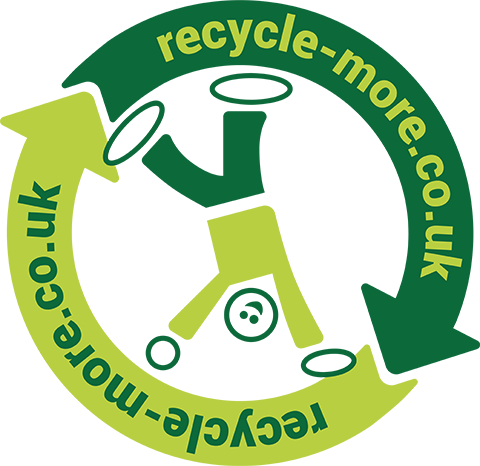
Post Clothes Lottery
James Beard
April 27, 2022
My last blog, “Emperor’s Old Clothes” looked at how consumers view the world of textile recycling. This blog builds on that discussion, looking at how we can incentivise collections to ensure that we reduce the estimated £140 million pound’s worth of clothing sent to landfill each year.
It is estimated that 5% of household municipal waste is textiles, with the estimated cost to councils somewhere between £50m and £70 million per year. With such a huge volume of textiles exiting the system via this route, a logical approach might be to offer textile recycling at the kerbside. This is not a new idea, and depending on where you live, you may already receive a kerbside service. With approximately 30% of local authorities offering this service, it is a real postcode lottery.
Out in the cold
Unfortunately, the kerbside may not be the best place for textiles to be left. Exposed to the elements, items often become wet and dirty which limits the reuse potential of those items. Collectors have also reported that the quality of items is much reduced, with comparatively little material suitable for reuse. Coupled with low market rates and an intense focus on exports, collectors and the textile industry in general are keen to do all they can to improve quality. As a result, come collectors have moved out of operating kerbside collections altogether.
Deciding the incentives
What are the alternatives? One relatively untapped source is instore takeback systems. We are increasingly seeing more and more enquiries for offering takeback in store, and as the High Street looks to recover from the downturn caused by the pandemic, it is likely that we will see this trend continue. Offering collections can be a good way for retailers to tempt shoppers back in to store, but an important consideration is what incentive to offer. 89% of respondents to our survey suggested that incentives have some importance to them when deciding what to do with used clothing.
We have already seen the importance of the charity sector within the UK clothing recycling industry, and more than a third of our respondents suggested that having a choice of charitable donation was key to them. Conversely, a quarter of respondents wanted some form of voucher or money off, whilst 1 in 5 suggested that loyalty card points would persuade them. There seems to be a real split between those wanting to donate altruistically to charity, and those that want to see a more immediate benefit to themselves. And this is a split that is mirrored in the fledgling world of instore takeback; two of the bigger schemes, Primark and H&M, take different routes here, with Primark donating to UNICEF whilst H&M offer store vouchers. Much will depend on the customers and the reason for setting the scheme up.
Post-Covid Changes?
The pandemic has fundamentally changed the way people shop, with online sales becoming increasingly important. It is estimated that in the UK over half of clothing sales will be made online in 2022, up from 31% in 2018. This presents an opportunity to collect donations via courier, and whilst still a very young industry, it could be an important one; 10% of our respondents suggested this would be their favourite method of making clothing donations.
Valpak has been working with our sister company, ReBOUND to set up a postal donation service on our recycle-more.com website. In partnership with Salvation Army, all donations are sent directly to the charity for reuse. Get in contact if you want to find out more.
Disclaimer: The opinions expressed in this blog represent those of the author, James Beard, and are not those of recycle-more, Valpak Limited or any other organisation.





